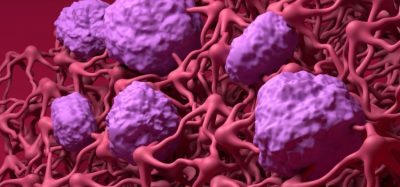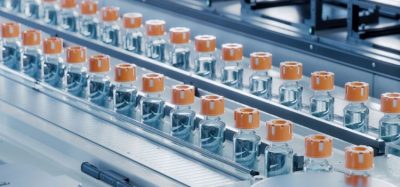Non-mutagenic impurities: more guidance needed on safety-based limits
Posted: 19 July 2018 | Dave P Elder | No comments yet
More guidance is needed on the appropriate control of non-mutagenic impurities during clinical development, explains Dave P Elder, JPAG Member and pharmaceutical industry consultant, in this audio interview.
Limited guidance is available for the appropriate control of non-mutagenic impurities during clinical development, noted Dave P Elder, JPAG Member and pharmaceutical industry consultant, in the Foreword to the latest edition of European Pharmaceutical Review. In this audio interview, Dr Elder explained why he chose to focus on the subject and what is the best way to achieve lasting progress in remedying the problem of impurities. Click on the arrow in the photograph above to listen to the interview.
“The classical approach to impurities is that they provide no benefit to the patient and, therefore, should be removed or controlled to as low a level as possible,” said Dr Elder in European Pharmaceutical Review’s first audio interview. But that fails to reflect the reality of modern pharmaceutical compounds, which are multi-stage, complex chemical entities, and impurities are a side effect of those compounds, he added.
While there are guidelines for later stage development – set out in the International Conference on Harmonization (ICH) guidance on impurities in drug substances (ICH Q3A(R2)) and drug products (ICH Q3B(R2)) – there are none for early stage development.
“There is a growing realisation that if we apply safety-based principles, we can take existing impurity guidelines and modify them so that they are fit for purpose for early development,” said Dr Elder.
Many new initiatives were approaching the topic from a safety-basic principle. “One of the best approaches is to use Haber’s Law, which is a fundamental concept within toxicology.” The law states that the incidence and / or severity of a toxic effect depends on the total exposure, ie, exposure concentration rate multiplied by the duration time of exposure.
To listen to the audio interview, simply clock on the arrow above. Meanwhile, read more about Dr Elder’s views about impurities in his article – Safety-based limits for non-mutagenic impurities for early phase clinical studies – in European Pharmaceutical Review, Issue 03 June 2018, page 7.









